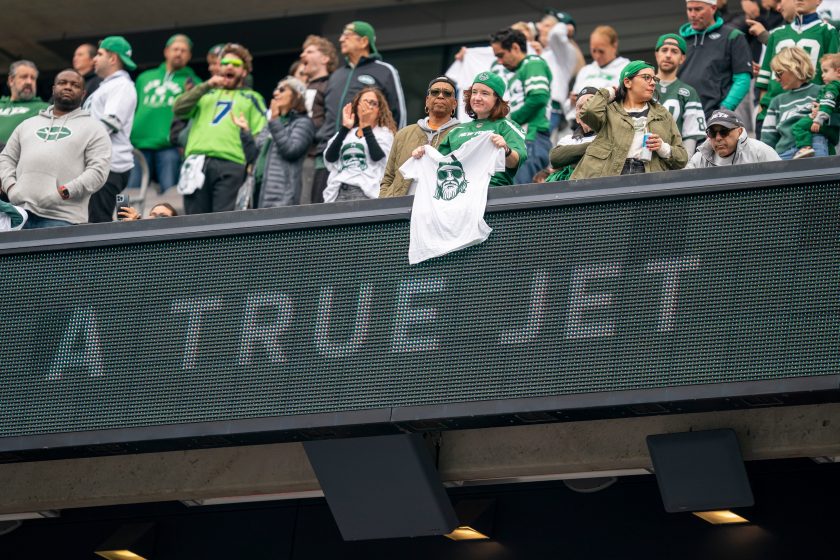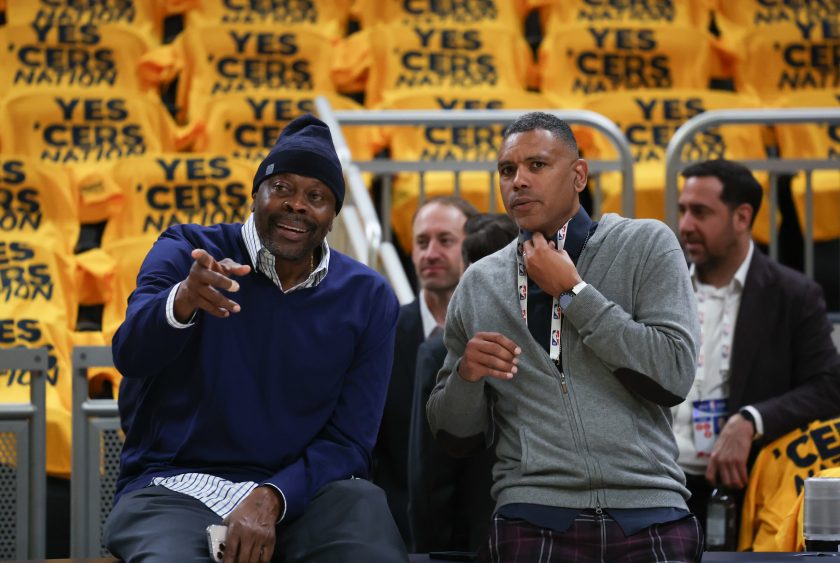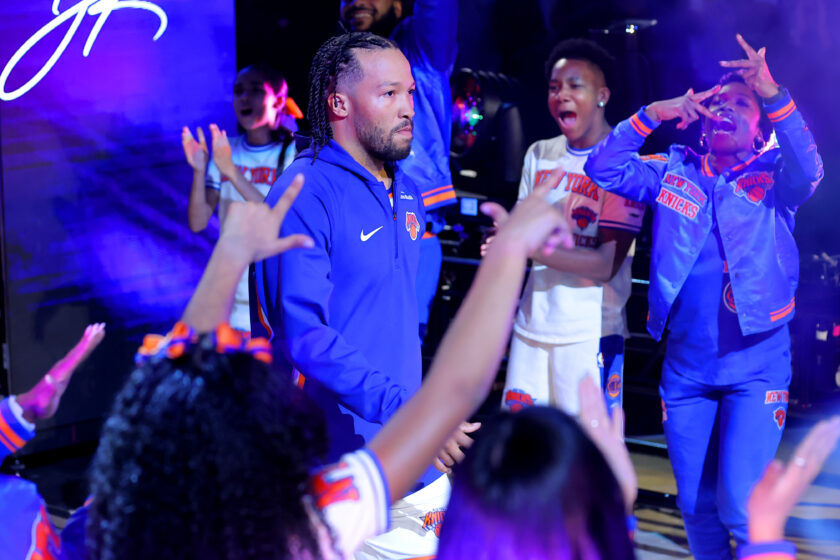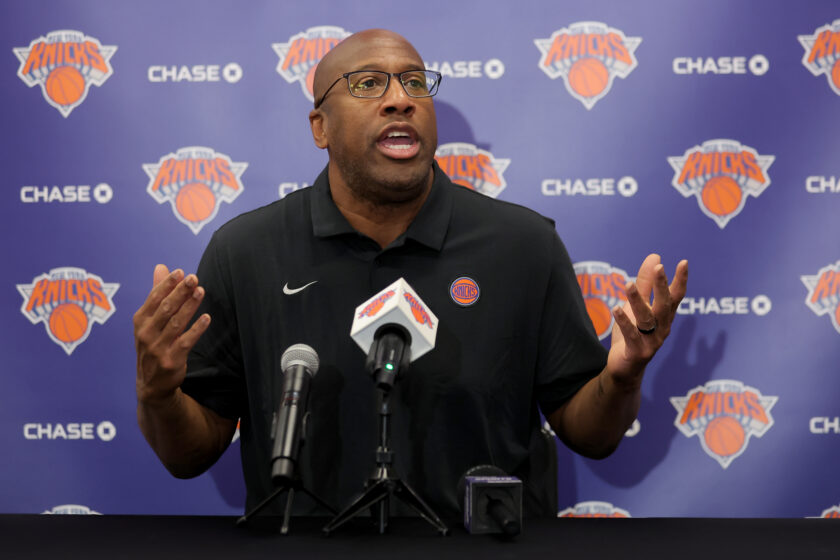New York Knicks All-Time 12-Man Roster
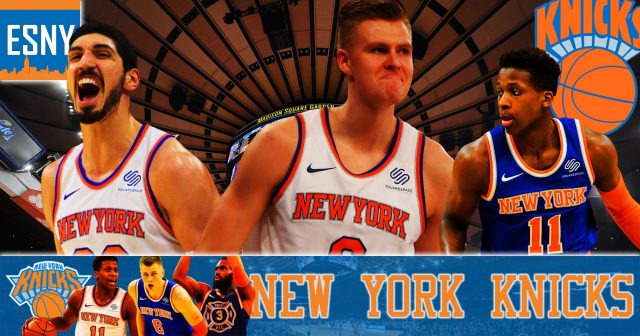

Starting SF: Bernard King
- Stats from 1982 to 1987:
- 26.5 PPG, 5.2 RPG, 2.8 APG, 1.2 STL
In the 1984-85 campaign, in which he was an All-Star, offensive wunderkind Bernard King lead the NBA in scoring average at 32.9 points per game. By his 55th game of the season, in a contest against the Kansas City Kings, King, who dropped 37 in the game, went up to attempt a block on Reggie Theus and came crashing down, tearing his ACL and breaking his leg in the process. King would miss the entire 1985-86 season in light of surgery to repair the injury, along with a large portion of the following season, but he would never be the same. In the six games of his return season in 1986-87, King would work diligently enough to average 22.7 points per game, but his explosiveness to the hoop was gone, and he was released by New York in 1987.
Many observe King and ask themselves, “What could have been?” In King’s absence, New York fell to 24-58, putrid enough to earn the number one overall pick in Patrick Ewing. Alas, the tandem of King and the former Georgetown legend were never fated to play a healthy run of seasons together, depriving the Knicks of some late 1980s glory with Larry Bird’s Celtics and Magic Johnson’s Los Angeles Lakers on the decline.
Regardless, prior to his injury, King was an incendiary player on offense. In 1984, King would become the first player since 1964 to score 50 points in consecutive games, doing so against San Antonio and Dallas. On Christmas Day of the 1984-85 season, King scored 60 games against the New Jersey Nets in a losing effort, becoming only the tenth player in NBA history to accomplish the feat.
By the time he retired with the Nets in 1991-92, following a relatively torrid run with the Washington Bullets (he averaged 28.4 points per game in his final All-Star season there, and was the league’s third-leading scoring despite playing only 64 games), King was the NBA’s sixteenth-leading scoring of all-time, remarkable considering the nature of his knee ailments.
King was a four-time NBA All-Star (1982, 1984-1985, 1991), twice with the Knicks, and two-time All-NBA First Team selection (1984, 1985), winning a scoring title in 1985.
King, a Tennessee Volunteer teammate of Ernie Grunfeld’s, who would later become vice president of player personnel with the Knicks, was the subject, alongside Grunfeld, of the ESPN 30 for 30 film Bernie and Ernie. In 2013, King was ultimately named to the Basketball Hall of Fame alongside coach Rick Pitino and Seattle Supersonics point guard Gary Payton, cementing his legacy as a worthy, all-time great.
I am an English teacher, music and film aficionado, husband, father of two delightful boys, writer, sports fanatic, former Long Islander, and follower of Christ.
Based on my Long Island upbringing, I was groomed as a Yankees, Giants, Rangers, and Knicks fan, and picked up Duke basketball, Notre Dame football, and Tottenham Hotspur football fandom along the way.

